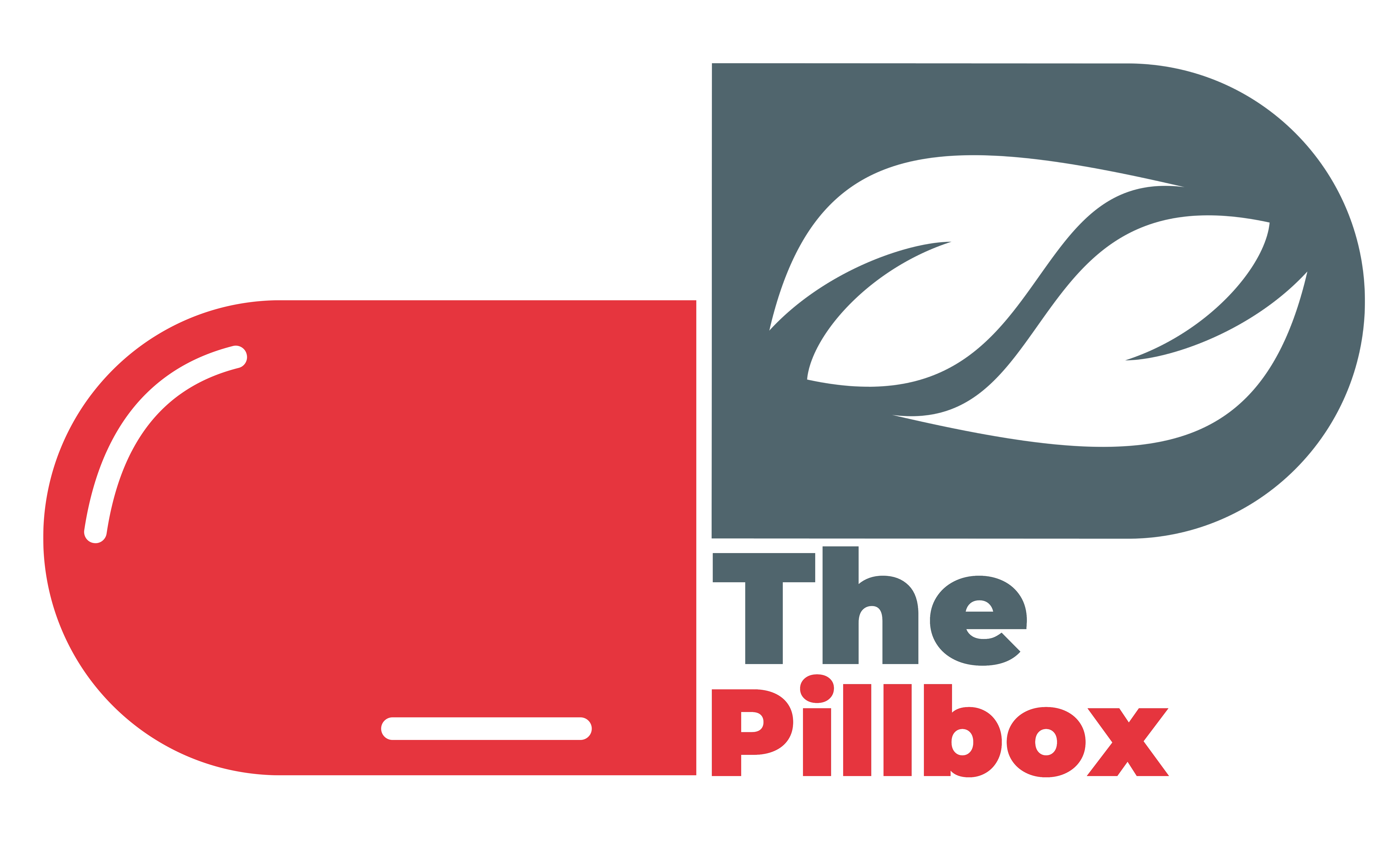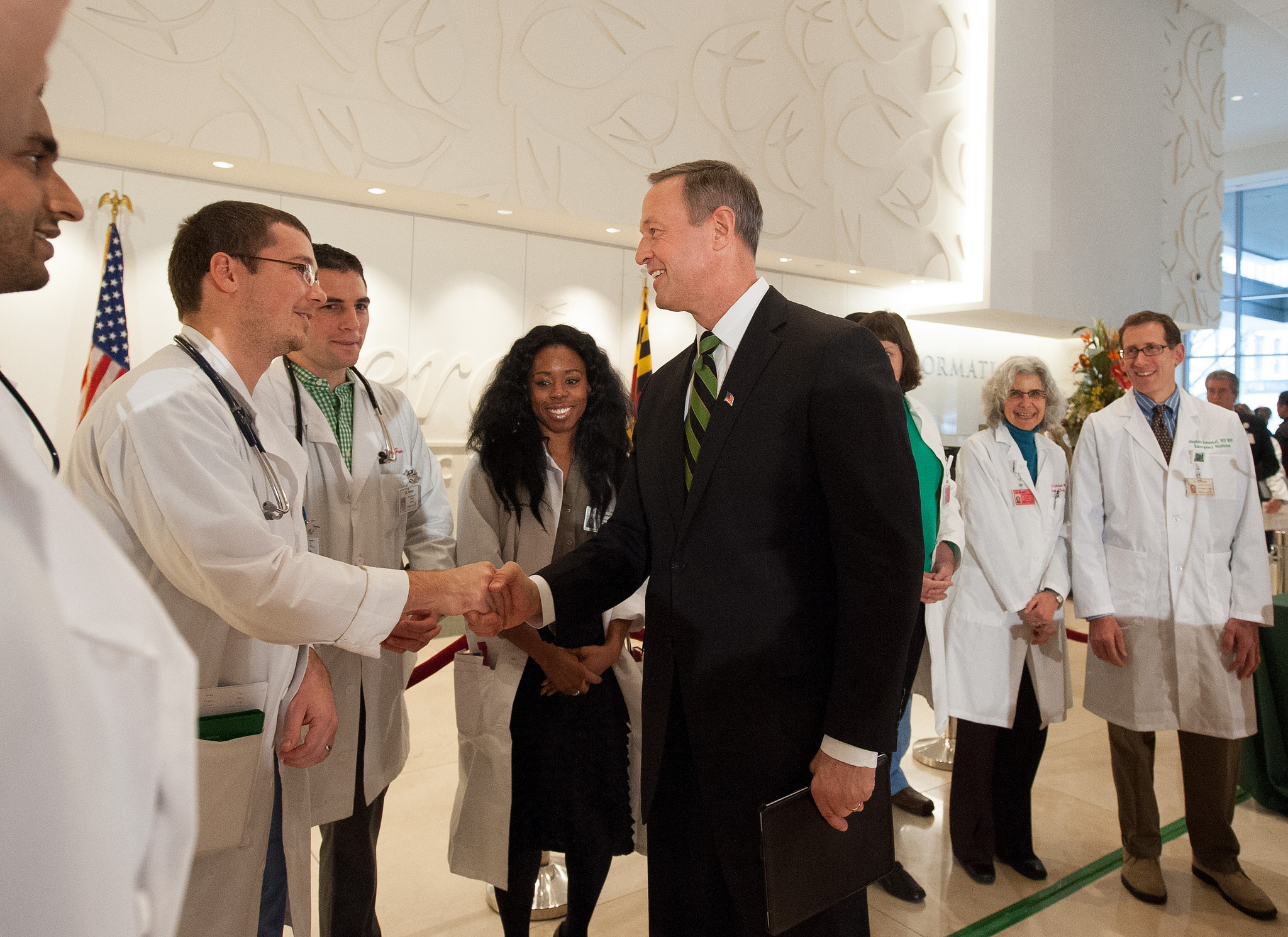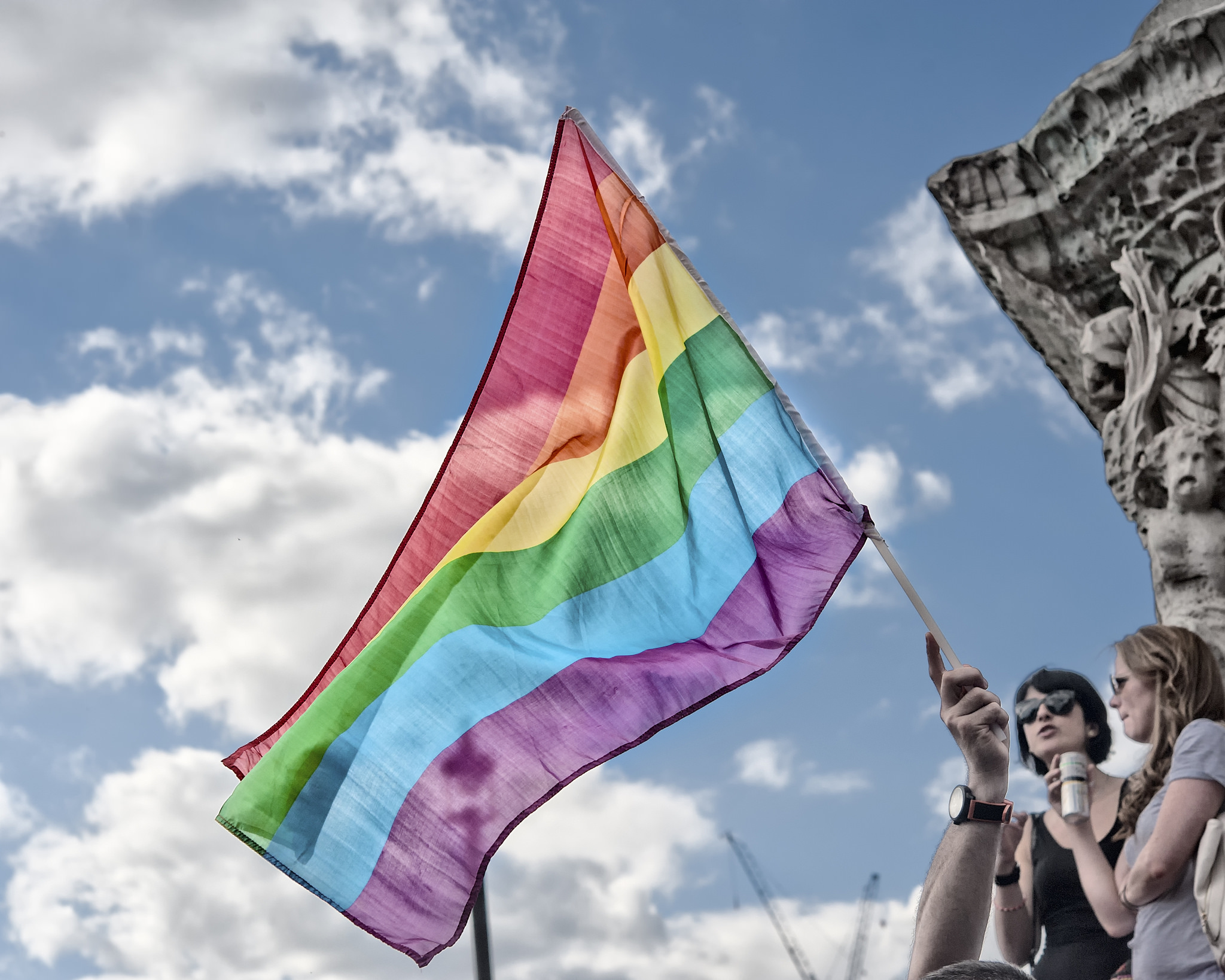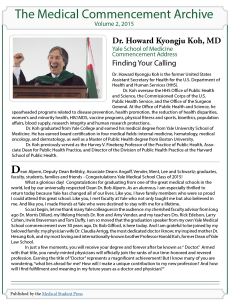A 27-year-old woman is woken up by a sharp, stabbing pain in her lower right abdominal quadrant. She feels feverish, nauseous and weak. If you’re a medical student, you want to get a thorough history and test for a positive Murphy’s sign or rebound tenderness. You’re thinking it sounds like appendicitis. If you’re a doctor, you want to examine the patient and consider an appendectomy as a treatment option. You’re thinking of all the cases of appendicitis you’ve seen, and how well your education prepared you to diagnose and treat this condition. Except, none of that happens if this patient is never seen by a doctor. None of that happens if this patient instead, uninsured and unemployed and alone, decides to wait it out because it seems like her only option. None of that training in diagnosis and treatment makes any difference if that patient doesn’t have access to the care that could have saved her life.
The issue of healthcare policy is complicated, and oftentimes controversial, especially when presented in the framework of a political debate. As healthcare providers, however, the issue becomes less of a political one and more of an ethical one. The reported number of uninsured Americans ranges from 29 million1 to 45 million2, with tens of thousands of preventable deaths caused every year by lack of access to care3. That could mean a young woman dying of sepsis when her appendix ruptures, or an inmate asking a parole board to keep her in prison so she can continue to receive cancer treatment, or any number of similarly startling stories being told every day, across the country, about people who we know how to treat if we’re just given the chance.
A good resource for information on healthcare policy is the Commonwealth Fund’s 2014 analysis of our healthcare system compared to 11 other industrialized countries.3 The U.S. spends the most on healthcare per capita each year ($8,745), yet has the highest rate of potentially preventable deaths (96 per 100,000 people) and the highest infant mortality rate (6.1 deaths per 1,000 live births). Given the state of our broken system, it seems strange that medical students are essentially unaware of these issues until they enter the working world. Why are we not exposed to the struggles of healthcare policy in medical school? While it is certainly true that students are already saturated with information, it seems there are few subjects more universally applicable to graduates than learning about the system they will be working in.
To get an expert’s thoughts on the matter, I spoke with T.R. Reid, a leading author and journalist in the field of health policy. His bestselling book, The Healing of America, explores foreign models of healthcare and how we can learn from those systems to reform our policies at home. He currently serves as the chairman of the Colorado Foundation for Universal Health Care, which has recently placed an amendment on the 2016 ballot that would create the first state-initiated universal healthcare system by opting out of the Affordable Care Act.
Why do you think it is important to teach health policy in medical school?
The United States has the most complicated, the most inefficient, and the least equitable healthcare system of any rich country. Doctors are graduating into it and they don’t know what a mess it is… I think we need to prepare doctors for what they’re going to face. The second reason is, as a country, we need to fix our healthcare system. It’s ridiculously expensive, it leaves 33 million people uninsured, and the impetus to change has to come from doctors.
Health policy can be very broadly defined. What is the most important element of policy to incorporate into medical education?
The most important point is that a decent, ethical society should provide healthcare for everyone who needs it… In almost all other rich countries, healthcare is considered a basic human right and if you think about what a human right means, a human right is something the government is obliged to provide for you. You have a right to an education. You have a right to vote. If you get charged with a crime, you have a right to a fair jury, a fair judge, and a defense lawyer. We provide that because we’ve decided those are basic rights that every American ought to have. All the other countries say that’s also true for healthcare. If you’re sick and need medical care, you should get it and we have to provide it. The United States has never made that commitment… If you don’t make the basic moral commitment to provide healthcare for everybody then you end up with the American healthcare system, where some people get the world’s finest care in the world’s finest hospitals with no waiting, and 33 million people barely get in the door until they’re sick enough to go to the Emergency Room.
What changes do you foresee in the next ten years, or how do you think the current healthcare landscape will change by the time current medical students are actually in practice?
In the first place, I’m absolutely certain that we will get to universal coverage in our country and I believe we’re going to do it at a much lower cost than what we’re spending now. I’m quite optimistic that we’re going to improve our system. I think that’s going to happen… I don’t think we’re going to get there nationally. I’m convinced the way we’re going to get there is state-by-state…That’s how we got to interracial marriage, that’s how we got to same sex marriage, that’s how we got to female suffrage, that’s how we got free public education. It all starts in two or three states, the rest of the country sees that it works, and says ‘let’s do that’… The reason I’m confident in this is that we’re about to do it in Colorado. We got the initiative on the 2016 ballot. When people see a good idea working in some states, they copy it. Colorado is going to prove to the country that this can work, I hope.
As you’ve been campaigning in Colorado for universal healthcare, have you noticed that misconceptions about socialized medicine are still pervasive in public opinion? Does this influence people’s level of support or questions they raise?
The notion of limited choice and long waiting times in Canada is an issue for us…Our critics say ‘they’re going to bring Canadian medicine to the United States.’ Well, Canada covers everybody, they spend half as much as we do on healthcare, they have significantly better population health, they live longer, they have lower rates of neonatal mortality. But they still keep people waiting. I think it’s wrong to say we’re going to put the Canadian system here but that is a powerful argument…My answer is in fact Australia and South Korea have exactly the same model and they have shorter waiting times and broader choice than the United States.
In your book you examine foreign models of healthcare in detail and you described in a 2009 article in the Washington Post several ‘myths’ the American public believed about health care abroad4. Do you think American misconceptions have changed at all since the passage of the Affordable Care Act?
I think Americans still don’t like socialized medicine. Even if they don’t know what it is, they know it’s bad. That’s still true. Many Americans think other countries have limited choice and long waiting times, which is true in some countries, but many countries have broader choice and no other country has the kind of in-network, out-network business that our insurance companies have created. No other country does that…American companies and device makers say government intervention stifles innovation. I think there’s no question that in other countries regulations drive innovation. Cost controls drive innovation because they have to innovate to make their products cheaper.
If medical students are interested in health policy, how can they get involved and learn more, especially as things change?
The best way is what several medical schools have done, which is to put into the curriculum a course on health policy… I say this to every medical school dean I ever meet, ‘you ought to have a course on health policy’ and many of them say ‘I wish I could do that’ or ‘I’m thinking about it’ but some say ‘I’ve got four years to teach the entire human body and everything that can go wrong with it, don’t get me into that mess. It’s beyond our jurisdiction.’
Final thoughts?
Everybody who is sick should have access to healthcare in the world’s richest country. We have to fix this system and your generation of young doctors is going to be a powerful force for change.
Sources
- CDC National Health Interview Survey Early Release (2015)
- Institute of Medicine, National Academy of Sciences (2009)
- Commonwealth Fund (2014)
- Reid, T.R. “Five Myths About Health Care in the Rest of the World” (2009)
Featured image:
Healthcare Reform Initiative Announcement by Maryland GovPics










 Dr. Koh oversaw the HHS Office of Public Health and Science, the Commissioned Corps of the U.S. Public Health Service, and the Office of the Surgeon General. At the Office of Public Health and Science, he spearheaded programs related to disease prevention, health promotion, the reduction of health disparities, women’s and minority health, HIV/AIDS, vaccine programs, physical fitness and sports, bioethics, population affairs, blood supply, research integrity and human research protections.
Dr. Koh oversaw the HHS Office of Public Health and Science, the Commissioned Corps of the U.S. Public Health Service, and the Office of the Surgeon General. At the Office of Public Health and Science, he spearheaded programs related to disease prevention, health promotion, the reduction of health disparities, women’s and minority health, HIV/AIDS, vaccine programs, physical fitness and sports, bioethics, population affairs, blood supply, research integrity and human research protections.